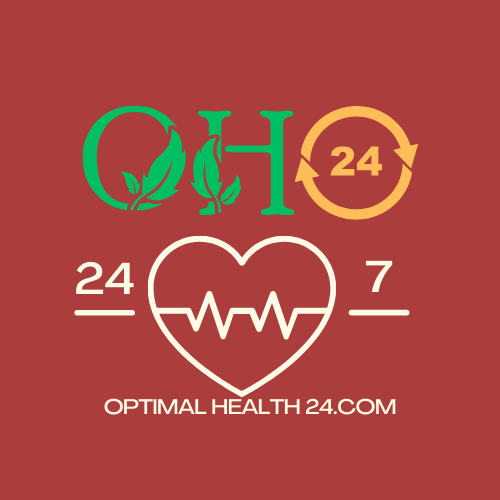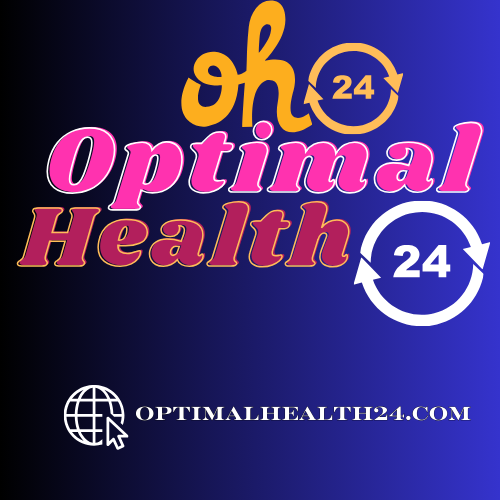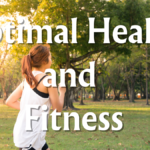101 Best Amazing Tips for Optimal Health and Well-being (Part 3/10), Move Your Way to Wellness: Embracing Physical Activity for a Healthier You
Physical activity is a cornerstone of a healthy lifestyle, offering numerous benefits for both physical and mental well-being. In this guide, we’ll explore the importance of incorporating exercise into daily routines and the myriad advantages it brings to your overall health.
1. Understanding the Significance of Physical Activity
Introduction:
Physical activity isn’t just about hitting the gym; it encompasses any movement that engages your muscles and burns calories. Recognizing its significance is the first step towards a healthier, more active lifestyle.
Key Points:
– Types of Physical Activity: From brisk walking to gardening, various activities contribute to overall movement.
– Adaptability: Physical activity can be tailored to individual preferences and fitness levels.
2. Benefits of Regular Physical Activity: A Holistic Impact
Introduction:
Engaging in regular physical activity goes beyond weight management; it positively influences various aspects of your health, both physical and mental.
Comprehensive Benefits:
– Cardiovascular Health: Enhances heart and lung function, reducing the risk of heart disease.
– Mental Well-being: Releases endorphins, reducing stress, and anxiety, and improving mood.
– Weight Management: Aids in weight loss or maintenance by burning calories.
– Improved Sleep: Regular physical activity contributes to better sleep quality.
3. Incorporating Exercise into Daily Routines: Make It a Lifestyle
Introduction:
The key to reaping the benefits of physical activity is to make it a seamless part of your daily routine. Small changes can lead to significant improvements over time.
Practical Tips:
– Morning Routine: Start your day with a brief workout or stretching routine.
– Active Commuting: Walk or cycle to work if possible, or incorporate physical activity during your commute.
– Desk Exercises: Incorporate short exercises or stretches at your desk to break up sedentary periods.
– Family Activities: Engage in active pursuits with family, fostering a healthy lifestyle for everyone.
4. Choosing Activities You Enjoy: Sustain the Momentum
Introduction:
The key to maintaining a consistent physical activity routine is to choose activities that align with your interests and preferences.
Personalized Approach:
– Explore Options: Try various activities, from dancing to hiking, until you find what you enjoy.
– Social Engagement: Join group classes, sports teams, or workout buddies for added motivation.
– Outdoor Exploration: Embrace outdoor activities like running, cycling, or hiking for a refreshing change.
5. Setting Realistic Goals: Building a Sustainable Exercise Routine
Introduction:
Setting achievable fitness goals ensures that physical activity becomes a sustainable and integral part of your lifestyle.
Goal-Setting Tips:
– Start Small: Begin with achievable goals and gradually increase intensity or duration.
– Consistency Over Intensity: Regular, moderate activity is more sustainable than sporadic intense workouts.
– Celebrate Progress: Acknowledge and celebrate your achievements, fostering motivation.
Conclusion:
Incorporating physical activity into your daily life is a transformative step towards a healthier, more vibrant you. Whether through brisk walks, yoga, or organized sports, finding enjoyable activities that fit your routine contributes to overall well-being. The benefits extend far beyond physical fitness, positively impacting mental health, sleep, and overall quality of life.
FAQs:
1. How much physical activity is recommended for adults?
– Aim for at least 150 minutes of moderate-intensity exercise or 75 minutes of vigorous-intensity exercise per week, along with muscle-strengthening activities at least twice a week.
2. Can I still benefit from physical activity if I have a busy schedule?
– Absolutely. Incorporating brief, intense workouts or breaking up activities throughout the day can be equally beneficial.
3. Are there age-specific recommendations for physical activity?
– Yes, guidelines may vary based on age and health conditions. Consult with a healthcare professional for personalized recommendations.
4. Is it necessary to engage in structured exercise, or can daily activities suffice?
– Both structured exercise and daily activities contribute to physical activity levels. Combining the two can be an effective approach.
5. Can physical activity improve mental health?
– Yes, regular exercise is associated with reduced symptoms of anxiety and depression, and it promotes overall mental well-being.






